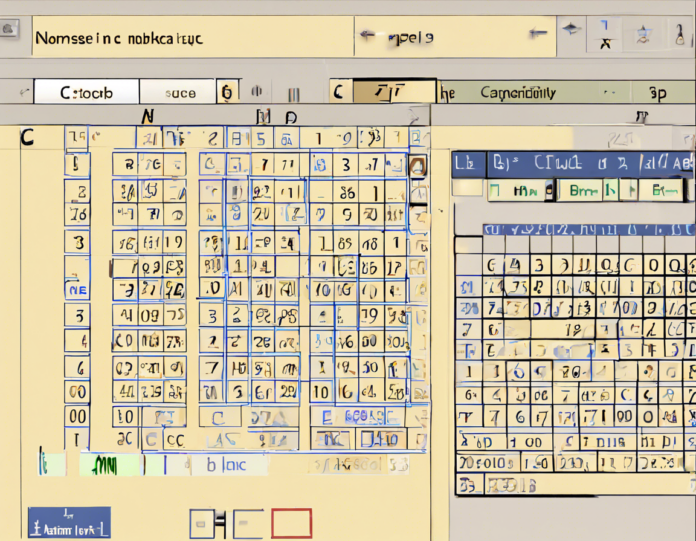In the realm of programming, particularly in the C language domain, there are several standard challenges that developers frequently face. One such challenge is that of reversing a number. While it may seem like a straightforward task, there are specific steps and considerations that need to be taken into account to successfully execute this operation. In this guide, we will delve into the intricacies of reversing a number in C.
Understanding the Problem
Before we jump into the code implementation, let's break down the problem at hand. When we talk about reversing a number in the context of programming, we are referring to the process of taking an input number and producing an output number that is the reversed version of the original. For example, if the input number is 123, the reversed number would be 321.
Approach 1: Using Arithmetic Operations
One of the simplest ways to reverse a number in C is by utilizing arithmetic operations. Here’s a step-by-step guide on how to achieve this:
Step 1: Initialize three integer variables: num, rev, and remainder. Set rev to 0.
Step 2: Ask the user to enter the number that needs to be reversed and store it in the num variable.
Step 3: Use a while loop to iterate until the num variable becomes 0. Inside the loop:
- Calculate the remainder of the number by using the modulo operator (%) with 10.
- Multiply the rev variable by 10 and add the remainder to it.
- Divide the num variable by 10 to remove the last digit.
Step 4: Once the loop finishes, the value of rev will be the reversed number.
Here is the C code snippet that demonstrates this approach:
```c
include
int main() {
int num, rev = 0, remainder;
printf("Enter an integer: ");
scanf("%d", &num);
while(num != 0) {
remainder = num % 10;
rev = rev * 10 + remainder;
num /= 10;
}
printf("Reversed number: %d", rev);
return 0;
}
```
Approach 2: Using Arrays
Another way to reverse a number in C is by converting the number into an array of digits, reversing the array, and then converting it back to a number. Here's how you can do it:
Step 1: Initialize an array to store the digits of the number. Determine the number of digits in the input number by counting the digits.
Step 2: Store each digit of the number in the array.
Step 3: Reverse the array by swapping elements from the beginning to the end.
Step 4: Reconstruct the reversed number from the array.
While this approach involves slightly more complexity than the arithmetic operations method, it provides an alternative perspective on how to tackle the problem.
Common Pitfalls
When reversing a number in C, there are a few common pitfalls that developers may encounter:
1. Integer Overflow: Be cautious of the maximum and minimum values that an integer variable can hold. Reversing a large number can potentially lead to overflow issues.
2. Leading Zeros: Ensure that the reversed number does not have any leading zeros, as they are not significant in numeric values.
3. Input Validation: Validate user input to handle scenarios where non-numeric characters are entered.
FAQs
Q: Can we reverse a negative number using these methods?
A: Yes, both approaches discussed above can reverse negative numbers as well. The logic remains the same, irrespective of the sign of the number.
Q: Is it necessary to use arrays to reverse a number in C?
A: No, using arrays is one approach to reverse a number. Arithmetic operations can also achieve the same result without the need for arrays.
Q: How can I handle floating-point numbers when reversing in C?
A: The methods described are specific to integer reversal. For floating-point numbers, conversion to strings or other techniques may be more appropriate.
Q: Can the reverse of a number be stored in a different data type than integer in C?
A: Yes, depending on the range of values and precision required, the reversed number can be stored in a suitable data type like long or double.
Q: Are there any built-in functions in C to reverse a number?
A: C does not have built-in functions specifically designed to reverse numbers. Developers typically implement custom logic as discussed in this guide.
In conclusion, the process of reversing a number in C involves careful consideration of the methods employed and potential pitfalls. By understanding the underlying concepts and following the step-by-step approaches outlined in this guide, developers can effectively reverse numbers in their C programs.

